BMW has been making horizontally opposed twins since 1923, something they commemorated last year with a 90th anniversary, retro-styled R nineT — incorporating styling cues from the original R32 . The R nineT is proving to be a huge hit for the company, something that doesn’t surprise me as it’s a very enjoyable bike to ride.
BMW also produces singles, parallel twins, inline fours and inline sixes, yet the German bike maker is far from being done with the flat-twin, having introduced four new boxer models since 2013 (including said nineT), and will be bringing two more new boxers to market by next year. One of them is the 2015 R1200R, a bike I sampled at its recent launch just outside Alicante, Spain.
WHAT’S NEW

By now you should be familiar with BMW’s latest boxer engine, the one introduced in the 2013 R1200GS that uses the liquid-cooled cylinder heads. As is the BMW way, a new engine means the whole range gets it with an update, as has been with the R1200RT and R1200GS Adventure. It will also show up in the new RS (due in 2015) with the R1200R being the latest boxer to get the update otherwise.

If you’re keeping track of all things boxer, you’ll note that the only model left in BMW’s line up that still uses the previous-generation air-cooled engine, is the R nineT. So if you’re the nostalgic type you might want to scoop one up before the engine, as it was originally conceived, disappears. It’s also in the same ‘naked’ camp as the R1200R.
The engines are almost identical in all of the above-mentioned liquid-cooled bikes, with only different airboxes and exhaust systems dictating the slight differences in tune between models. Power output across the models is 125 horsepower with 92 lb.-ft. of peak torque, though the R1200R is tuned to produce a bit more torque at lower revs.

Perhaps the biggest surprise with the R1200R that it has an all-new chassis on which you’ll notice that engineers have jettisoned the Telelever front end, in favour of a more conventional inverted fork. This was the topic of some discussion among a few moto journos, myself included, as the Telelever had become a signature of BMW boxer twins.
When asked about the change, several reasons were given, including better dynamic handling and feedback and the all-important pared down naked-bike look. A fork also gave the additional room needed behind the front wheel for a single, central radiator – a Telelever would have necessitated the use of dual rads, which would have cluttered the styling.
Despite the move to a telescopic fork, we were assured that BMW has not abandoned the Telelever, and the R1200GS and RT will continue to use it indefinitely, as will the firm’s touring sixes.

The frame itself is made of tubular-steel and a good portion of it is deliberately exposed aft of the engine. Steering geometry is more relaxed and wheelbase a tad longer than on the nineT, which really changes the handling between the two bikes, but more on that later.
This latest boxer is also available with the latest electronics BMW has to offer, like stability control, dynamic traction control with bank-angle sensors, different ride modes, ESA, and an electric shift assist, which like on the R1200RT and S1000RR, permits both up and downshifts without the clutch. And, of course, there’s standard ABS, though it is switchable on the R1200R.
THE RIDE

“This part of Spain only gets three days of rain a year,” we were told upon arrival. Alas the weather in southern Spain these days seems to belie all regular patterns. While we were in the off-season, the weather was nonetheless supposed to be temperate and dry and in the high teens. What we got instead were temperatures just barely breaking out of the single digits, and … rain!

The last BMW roadster I rode was the R nineT and it was a very different machine. Whereas you sit atop the nineT in a very vintage-like pose, you feel like you’re sitting inside the R1200R, even with the taller seat installed. The handlebar is narrower and you see more of the bike ahead of you.
The riding position is relaxed and upright, with the standard seat offering a 790 mm perch. Though non adjustable, you can swap the standard seat for one of three other seats at no cost (at time of ordering), ranging in height from 760 mm to 840 mm. I selected the 820 mm ‘sport’ seat, which provided me with extra legroom.

The instrument panel is new and shaped a bit like a key, with a large, round analogue speedometer on the left, and a rather large, rectangular LCD screen stretching out to the right where you’ll find ride mode selections (Rain, Road or Dynamic), ESA settings, trip meters, gear position, fuel economy, temperature amongst other items.
Our test bikes came all-dressed, including the Headlight Pro option that uses LED daytime running lights, and the optional keyless ignition via a fob. A unique feature I haven’t seen before is the locking, keyless gas cap. To open it you just shut off the bike and, with the fob within proximity, lift the latch to pop the cap, otherwise it remains locked. The fob also includes a switchblade key used to pop the seat.

With the engine fired I immediately noticed another difference from the nineT: The exhaust sound. Although rich and deep, the 1200R’s exhaust note is much more subdued.
As it was raining, I started the ride in Rain mode, with softened power delivery and increased traction control intervention. I also set the optional ESA to Road (softer than Dynamic). Suspension was firm but much softer than on the nineT. In Dynamic mode the suspension felt about as firm as the nineT did.
Our bikes were equipped with the shift assist, allowing the gearbox to slip into different gears with just a nudge at the shifter – though as I’d experienced before with this system, it isn’t entirely smooth at low engine speeds, but really shifts quickly and precisely when the revs pick up – and that includes the clutchless downshifting.

The bike still felt strong off the bottom, with very smooth throttle response, typical of this latest generation of the boxer engine, and it spins up quickly when revved. Switching to Dynamic ride mode really livened up the bike, with smooth, vigorous acceleration from nearly off idle that was absent of any abruptness. The engine also likes to rev, pulling hard in a linear manner all the way to redline, though visiting the upper rev range isn’t necessary due to the engine’s really fat bottom end.
Aside from some mild throbbing, the counterbalanced engine was smooth throughout the rev range. I purposely switched to Dynamic mode on the wet pavement and found the bike as easily controllable as when in Rain mode, a testament to the boxer’s broad, flexible powerband.

Steering is light and neutral, and the R1200R’s more relaxed steering geometry makes it more stable and planted than its twitchier stable mate nineT. With conventional USD forks it now dives a bit under braking, which has the benefit of tightening up a turn with much less effort than its Telelever-equipped brethren.
With an 18-litre tank, it’ll be able to handle long rides without too many gas stops, especially since the Euro-spec bike claims an average highway consumption of 21.3 km/l, giving a range of 383 km. There was even an R1200R on display dressed up with saddlebags and a top case, and with an accessory windscreen added to this bike, it will probably make a very competent sport tourer.
CONCLUSION
 The new R1200R has nothing in common with the outgoing model – except the price. At $16,050 for the base model, the price hasn’t changed from last year. There are three styling choices,
The new R1200R has nothing in common with the outgoing model – except the price. At $16,050 for the base model, the price hasn’t changed from last year. There are three styling choices,
 The blue base model with black frame,
The blue base model with black frame,- Style 1 (an additional $540), which is white with tank graphics, has a red frame, a mini flyscreen and engine spoiler,
- And my favourite, Style 2 (+$385), which is black on a dark grey frame.
The base model undercuts the nineT by $150 and has standard traction control and heated grips, items that are absent on the retro Beamer.
Despite the seemingly better bargain, I’d still have a tough time deciding between the two machines, because while BMW claims that the R1200R is the most dynamic boxer they’ve ever built, the less sophisticated R nineT just feels more visceral, and many riders must feel the same because the nineT has become BMW’s fourth best-selling bike for 2014.
If a naked BMW boxer is in your sights, theR1200R is the more sensible choice, with a broader scope, more subtle ergonomics and a more comfortable ride. The nineT is the bike you’ll probably buy on impulse and emotion, and sometimes that’s as large a part of what riding is all about.
Specifications
Check out all the pics that go with this story! Click on the main sized pic to transition to the next or just press play to show in a slideshow. Related Models
Brand Model MSRP Engine Size 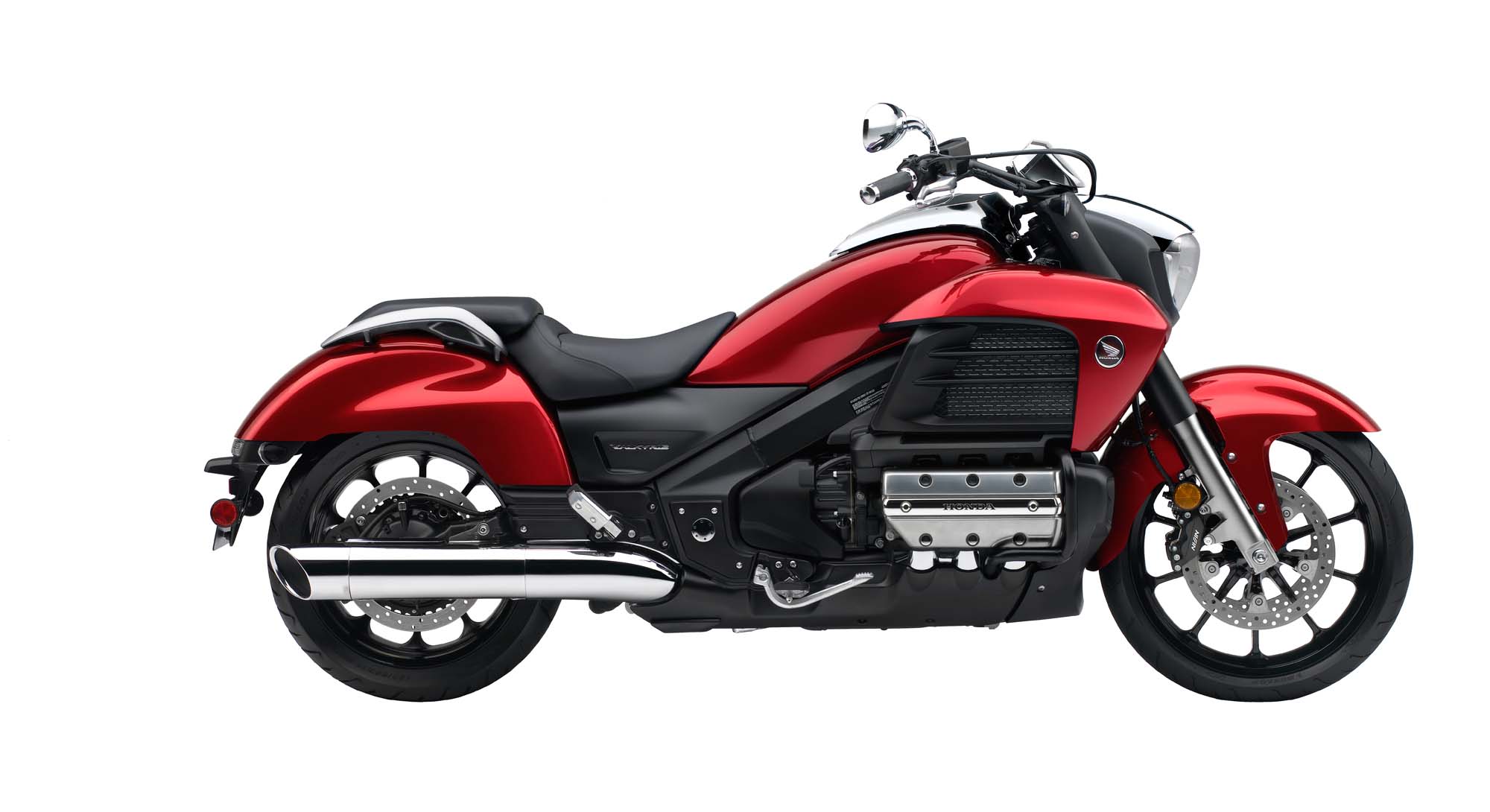
Honda Gold Wing Valkyrie $ 19,999 1,832 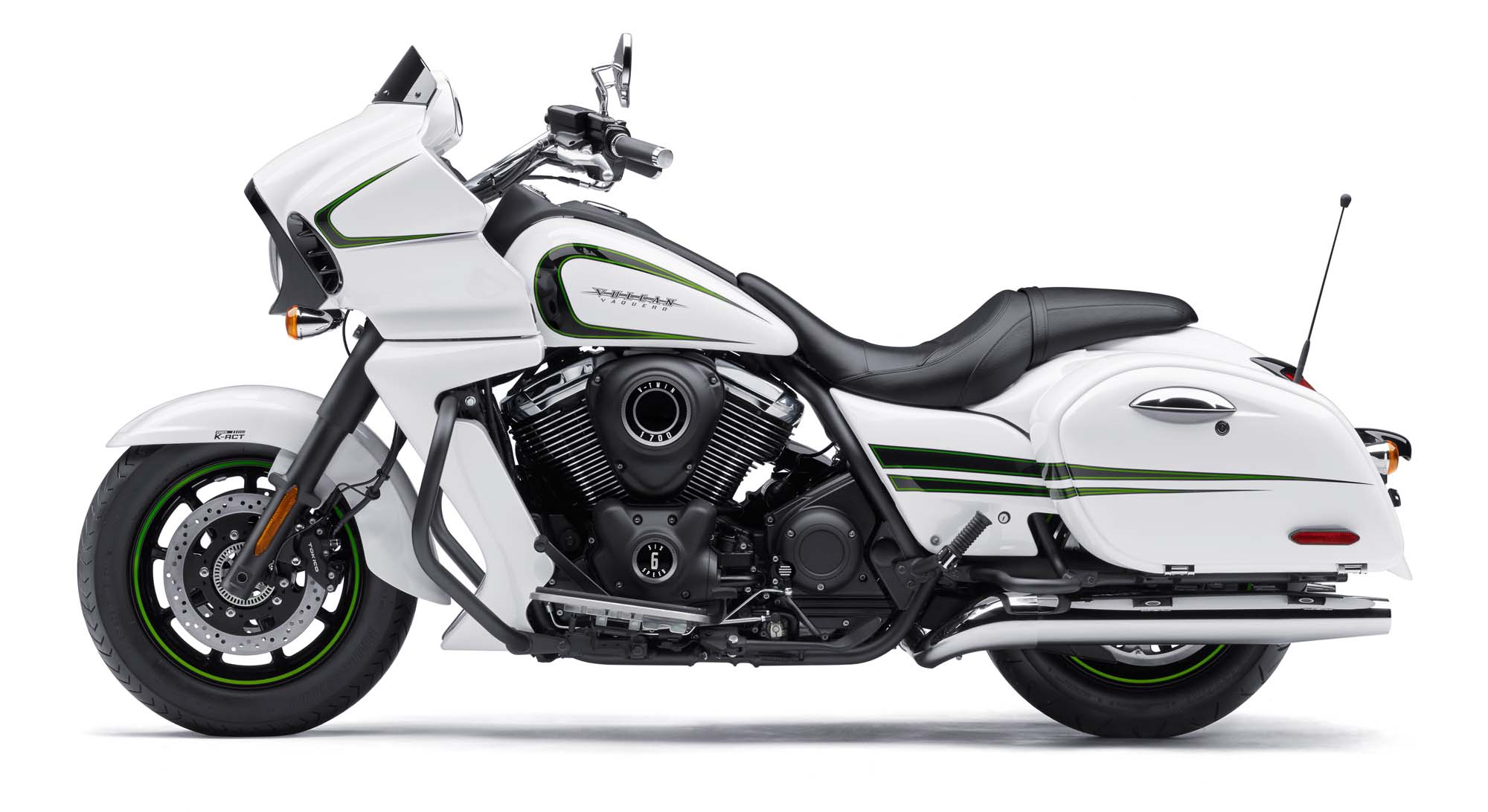
Kawasaki Vulcan 1700 Vaquero $ 18,999 1,700 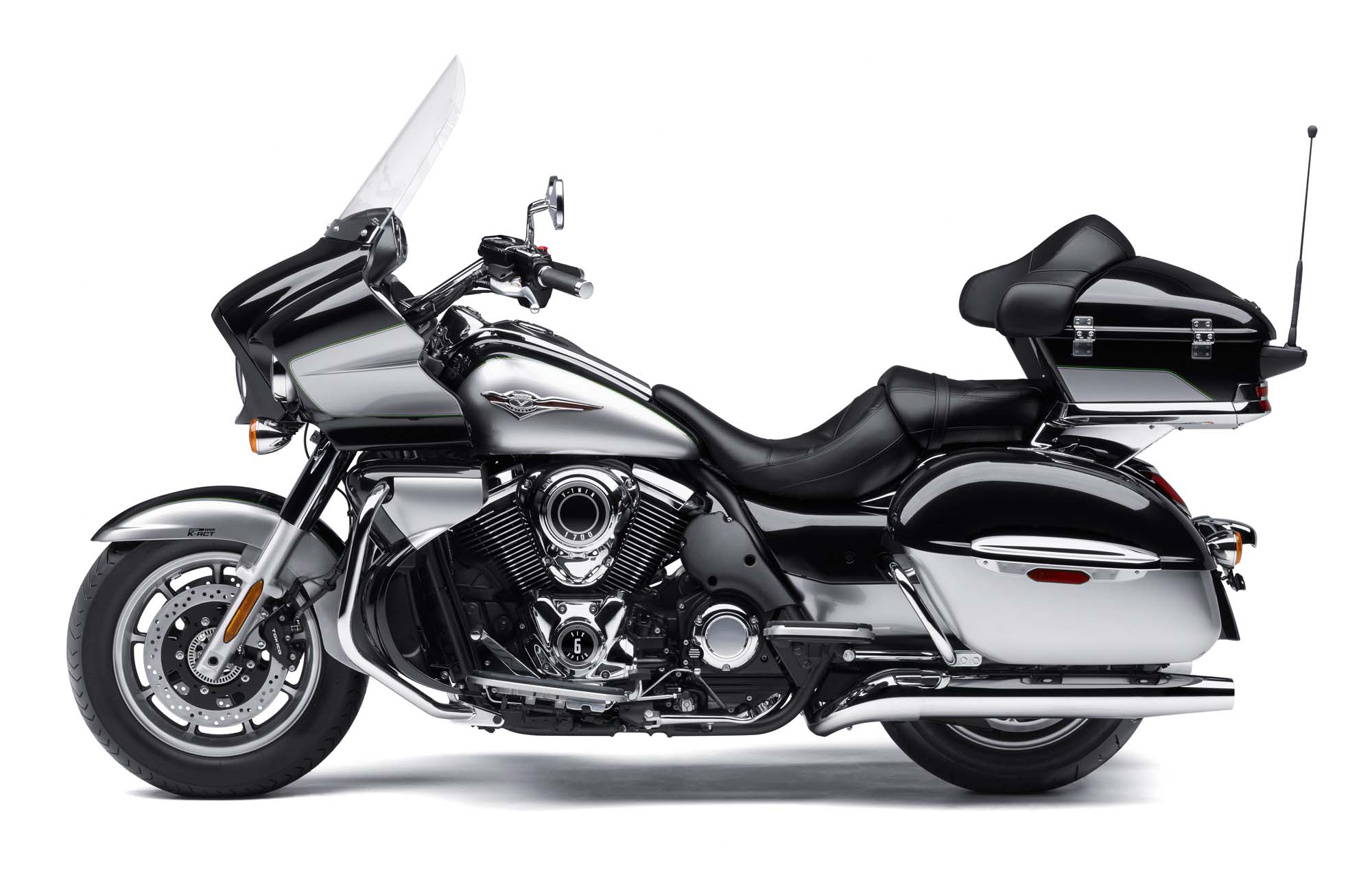
Kawasaki Vulcan 1700 Voyager ABS $ 19,999 1,700 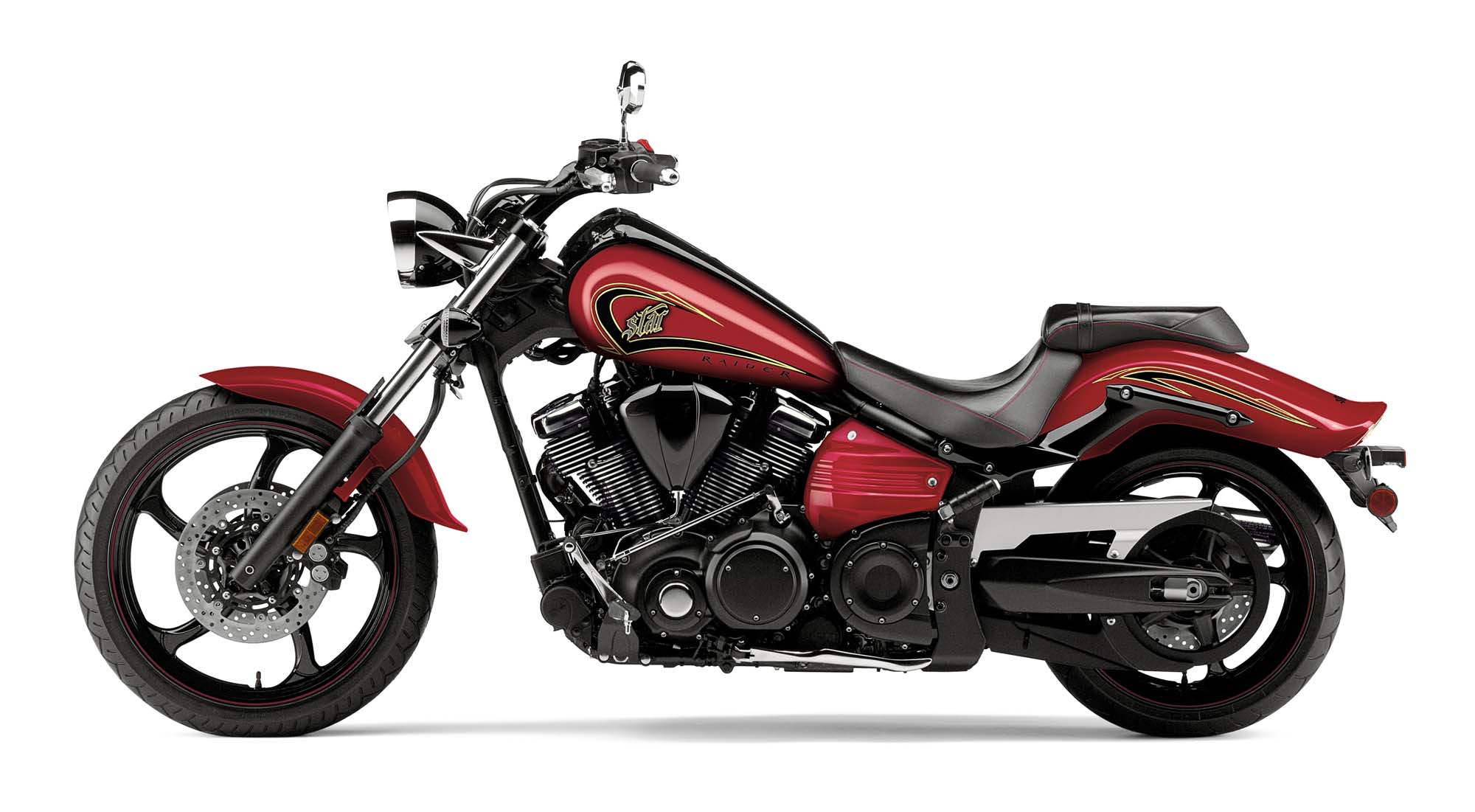
Yamaha Raider $ 15,999 1,854 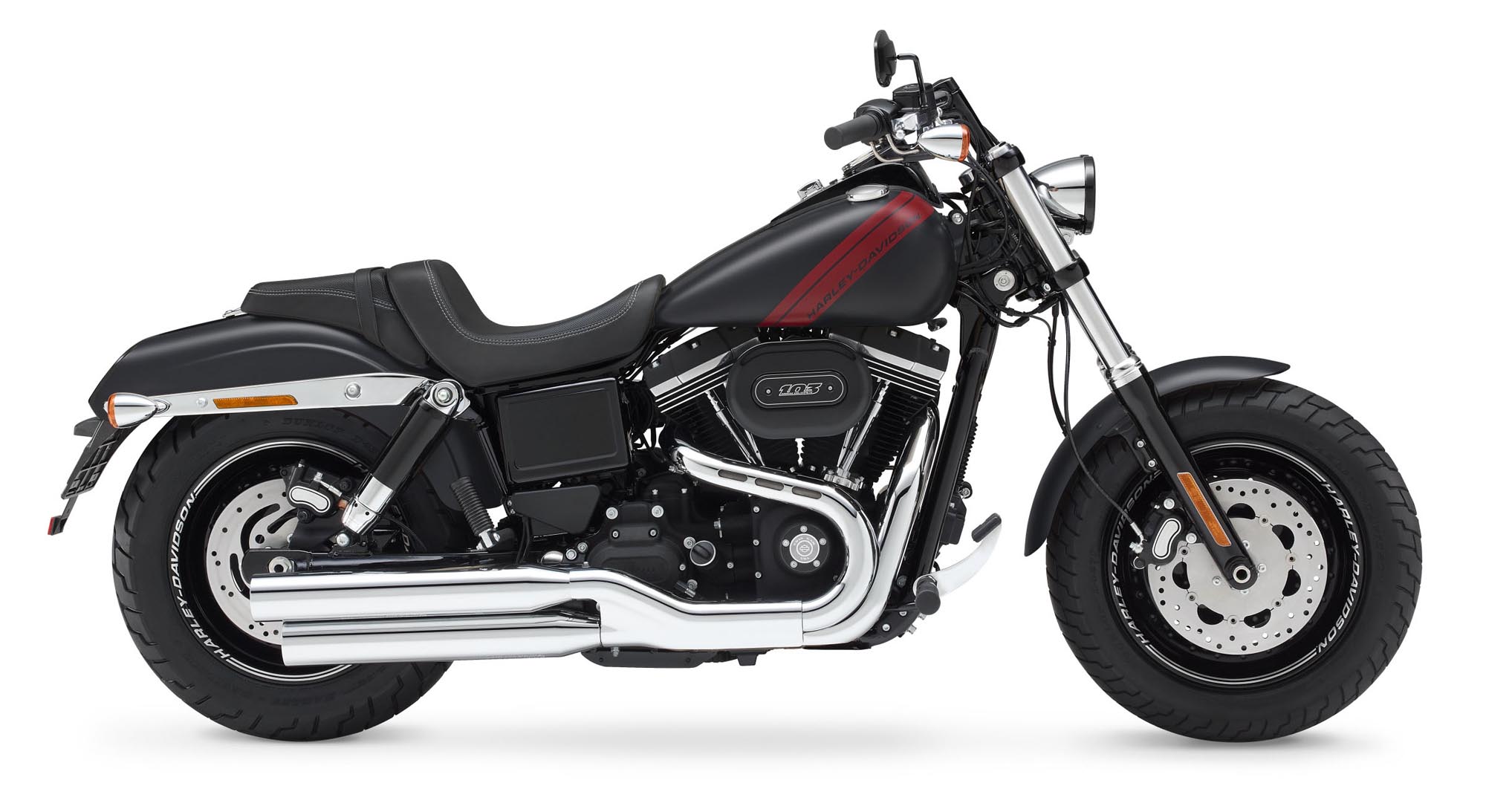
Harley Davidson Fat Bob $ 19,249 1,690 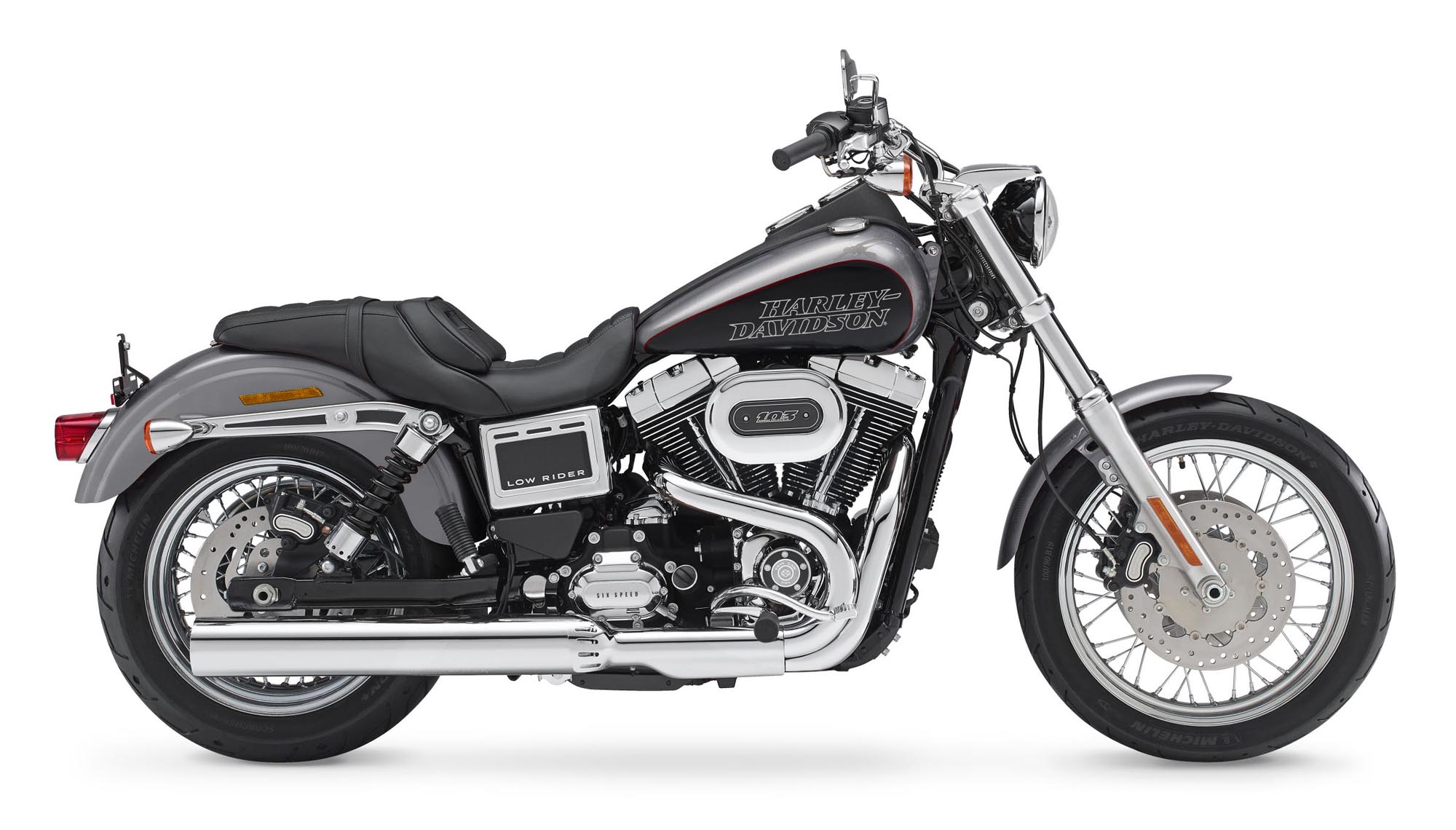
Harley Davidson Low Rider $ 17,429 1,690 
Harley Davidson Softail Slim $ 19,499 1,690 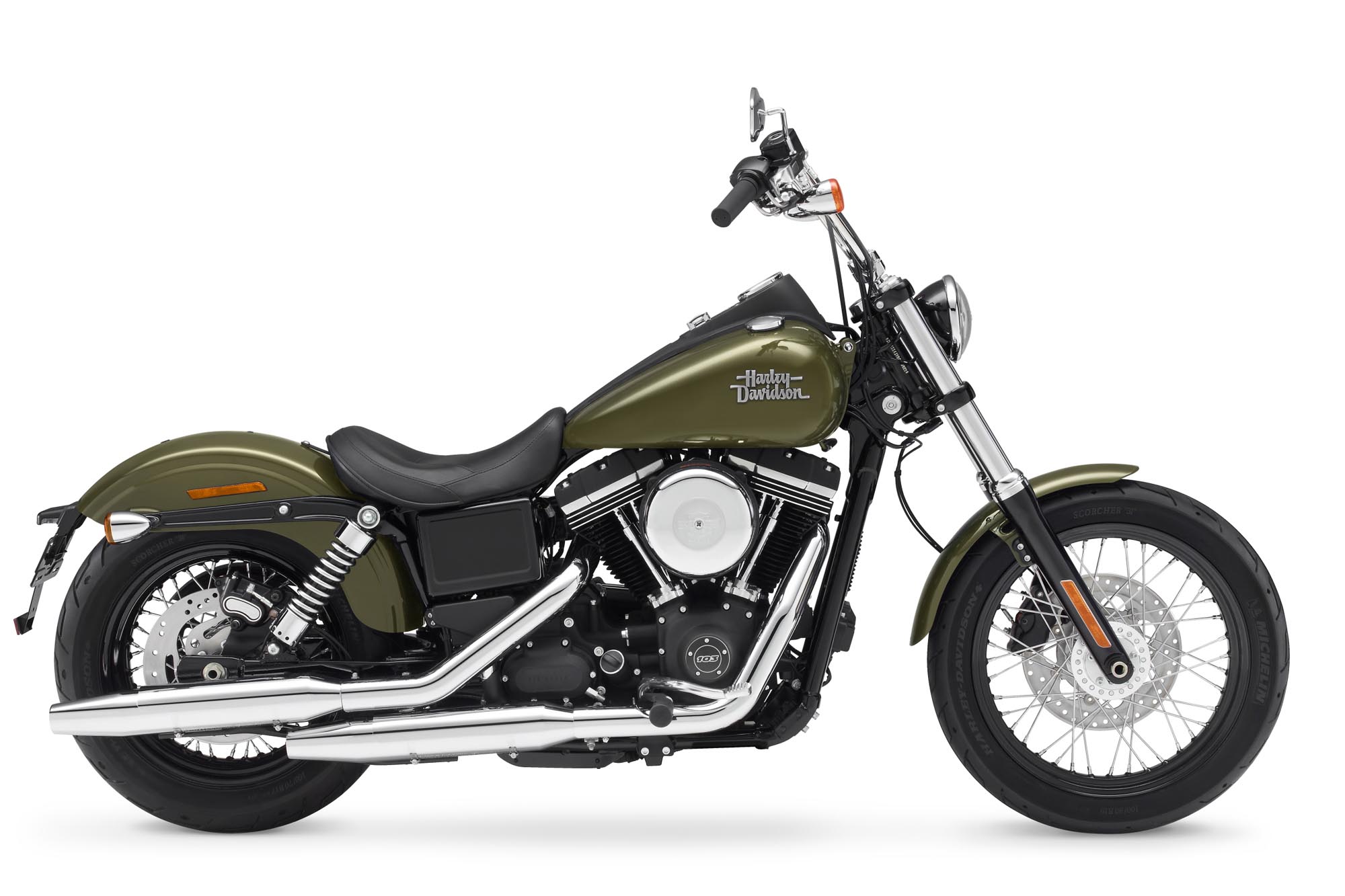
Harley Davidson Street Bob $ 16,519 1,690 
Harley Davidson Wide Glide $ 19,369 1,690 
Victory Gunner $ 15,499 1,731 
Victory Hammer 8-Ball $ 17,899 1,731 
Victory High-Ball $ 15,899 1,731 
Victory Vegas 8-Ball $ 14,999 1,731 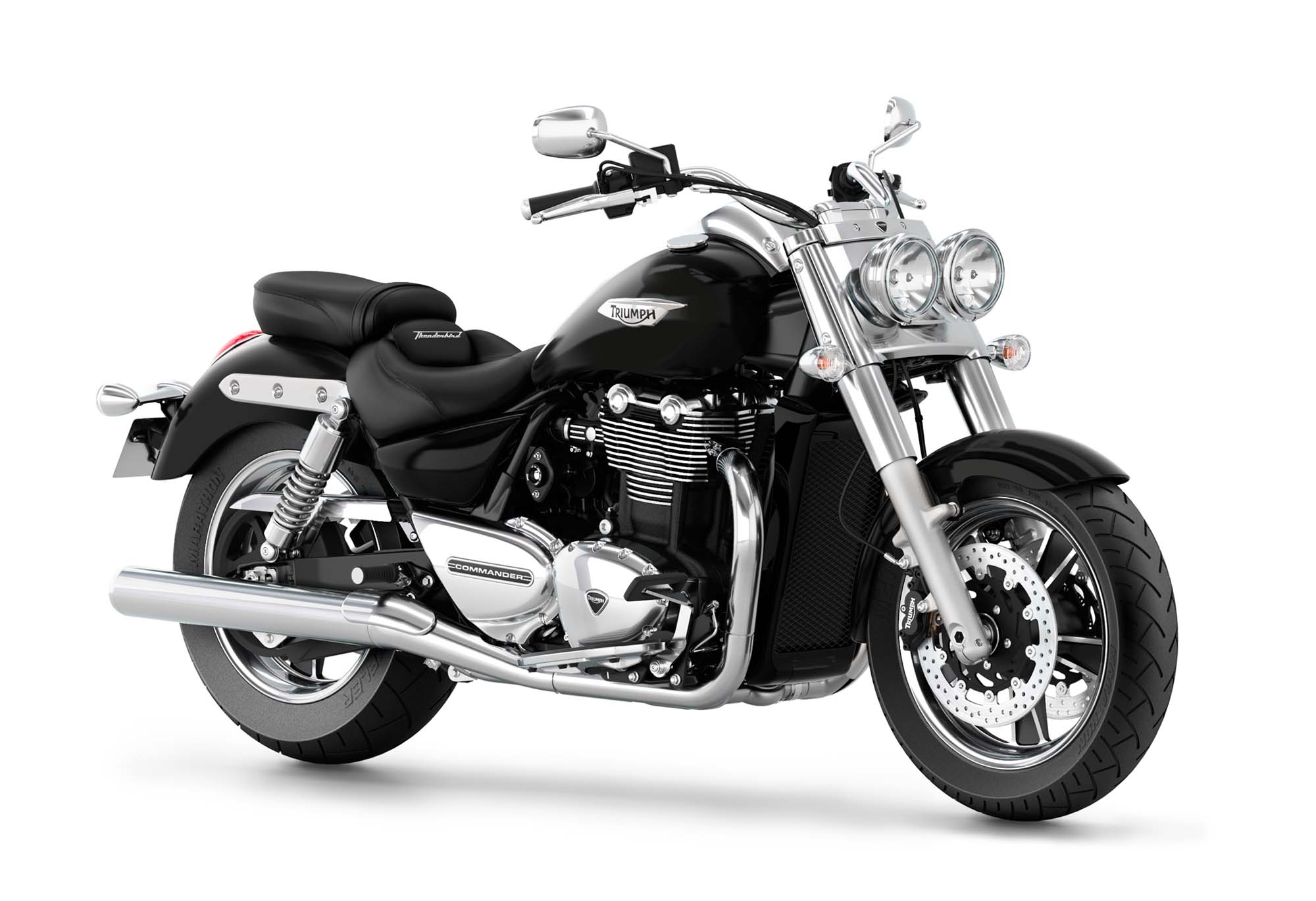
Triumph Thunderbird Commander $ 17,600 1,699 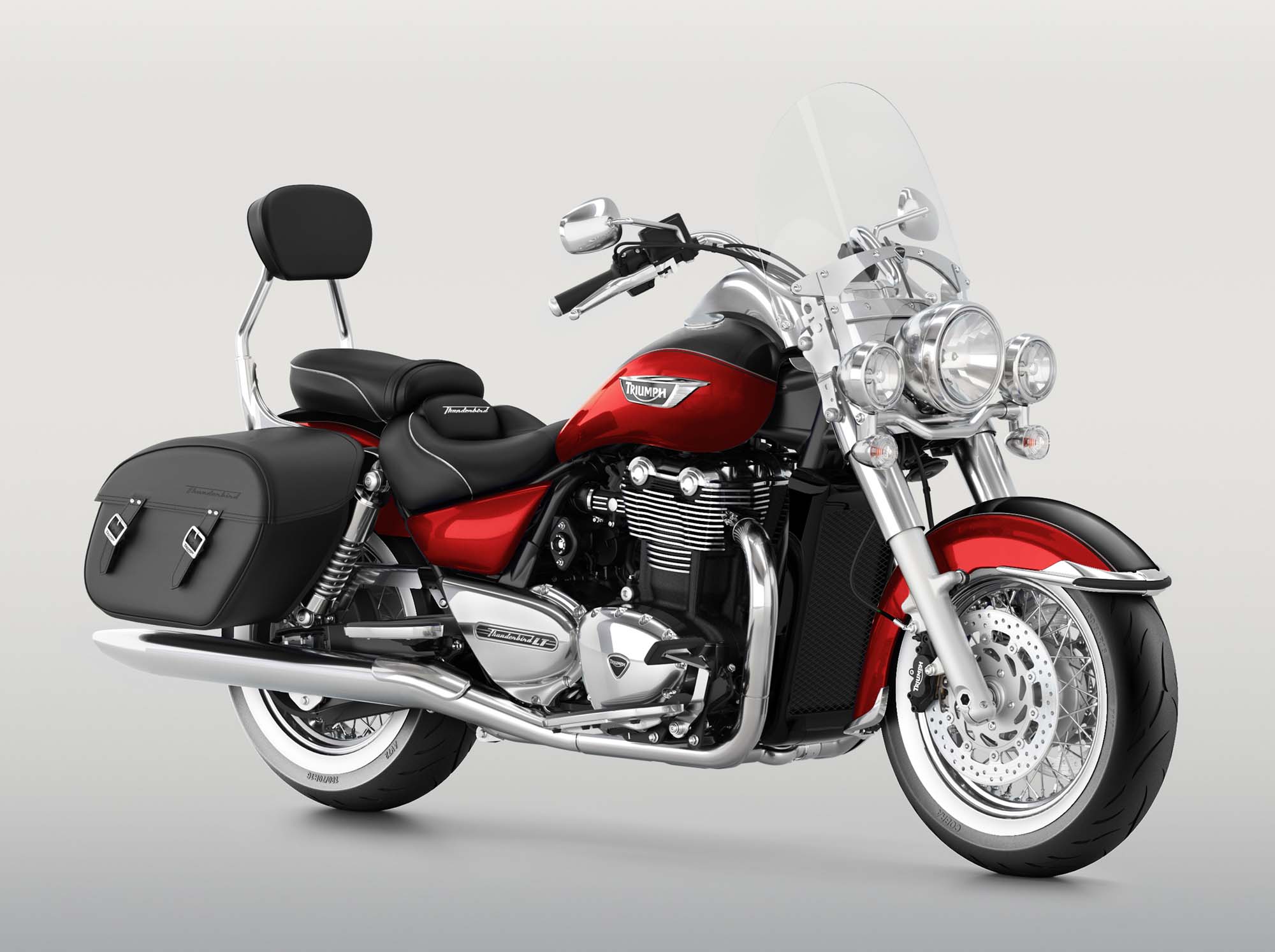
Triumph Thunderbird LT $ 18,600 1,699 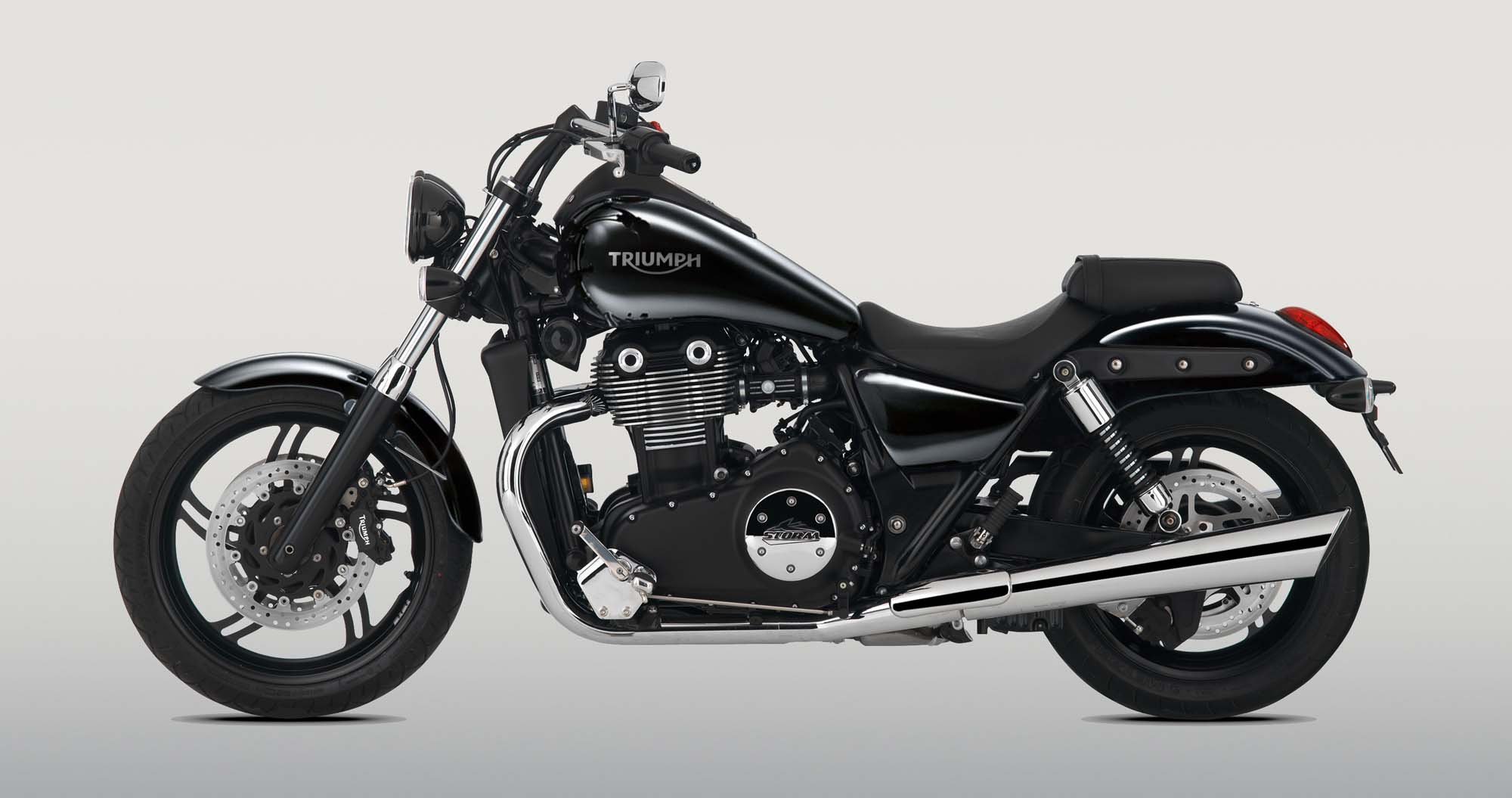
Triumph Thunderbird Storm $ 16,800 1,699 
Kawasaki Vulcan 1700 Voyager ABS $ 20,399 1,700 
Kawasaki Vulcan 1700 Vaquero $ 19,399 1,700 
Harley Davidson Street Bob $ 15,999 1,690 
Harley Davidson Low Rider $ 17,899 1,690 
Harley Davidson Fat Bob $ 19,399 1,690 
Harley Davidson Wide Glide $ 18,699 1,690 
Harley Davidson Softail Slim $ 18,199 1,690 
Harley Davidson Fat Boy $ 20,299 1,690 
Victory Gunner $ 15,999 1,731 
Victory High-Ball $ 15,899 1,731 ![]()
Victory Vegas $ 15,999 1,731 
Victory Vegas 8-Ball $ 14,999 1,731 
Victory Hammer S $ 18,499 1,731 
Yamaha Raider $ 16,999 1,854 
Harley Davidson Street Bob $ 17,999 1,746 
Harley Davidson Low Rider $ 18,999 1,746 
Harley Davidson Softail Slim $ 19,499 1,746 
Kawasaki Vulcan 1700 Voyager ABS $ 20,399 1,700 
Kawasaki Vulcan 1700 Vaquero $ 19,399 1,700 
Suzuki Boulevard M109R B.O.S.S. $ 16,499 1,783 
Harley Davidson Street Bob $ 16,999 1,746 
Harley Davidson Low Rider $ 18,599 1,746 
Harley Davidson Softail Slim $ 18,999 1,746 
Kawasaki Vulcan 1700 Voyager ABS $ 20,499 1,700 
Kawasaki Vulcan 1700 Vaquero $ 19,499 1,700 
Suzuki Boulevard M109R B.O.S.S. $ 16,499 1,783
GALLERY
Join the conversation!





























































Not impressed. Always been a fan, but this looks like a Yamaha. Headlight and gauge layout look cheap and plasticy.
My back-up plan would be a hole saw.
Is there a back up plan if the proximity key won’t open the gas cap?